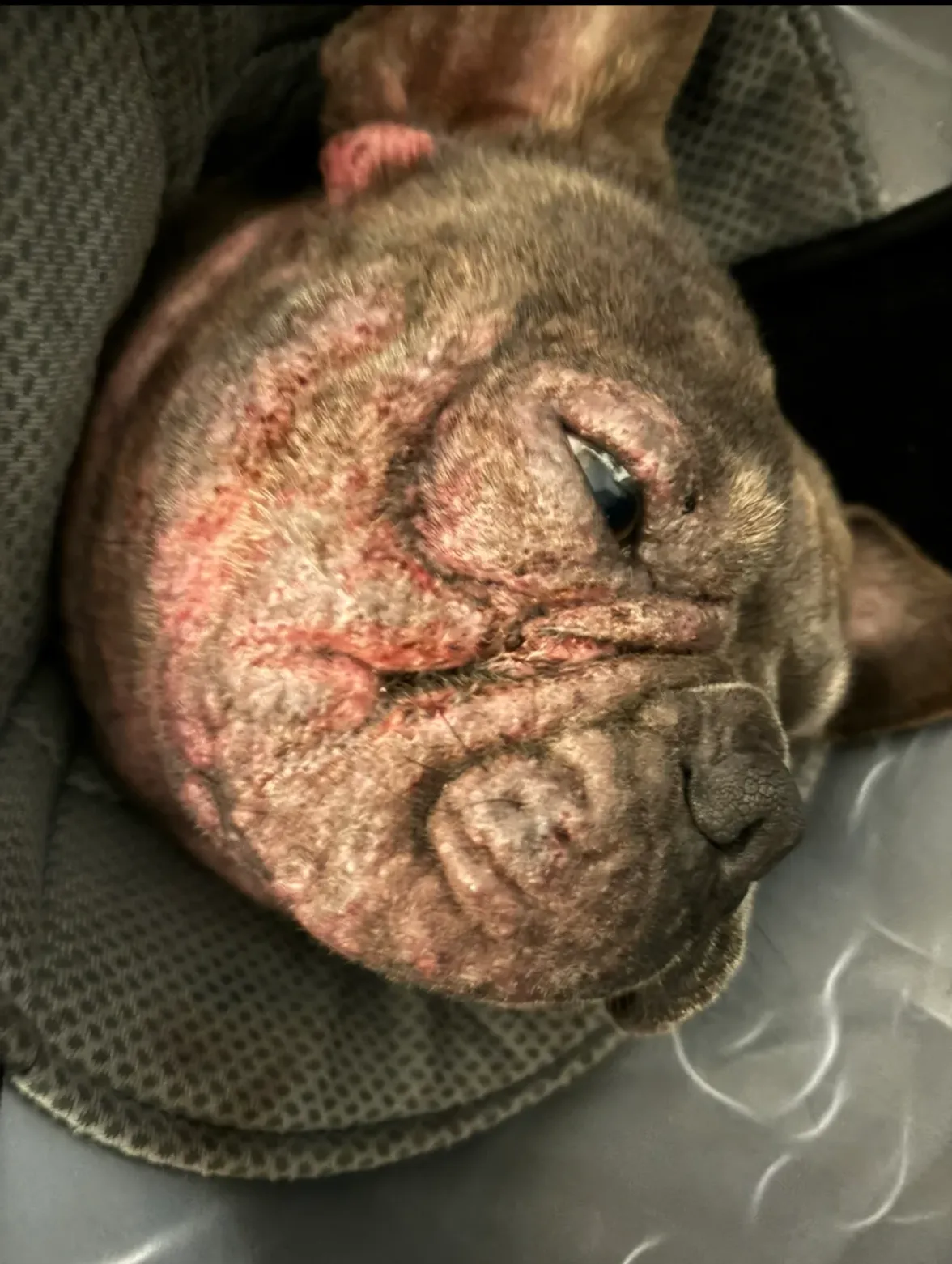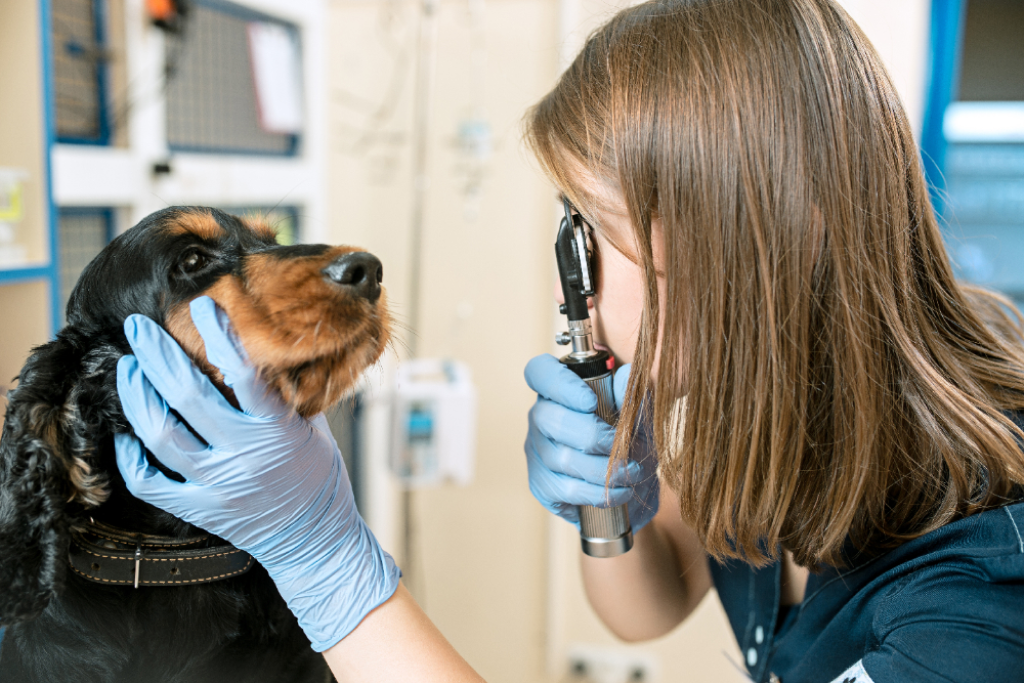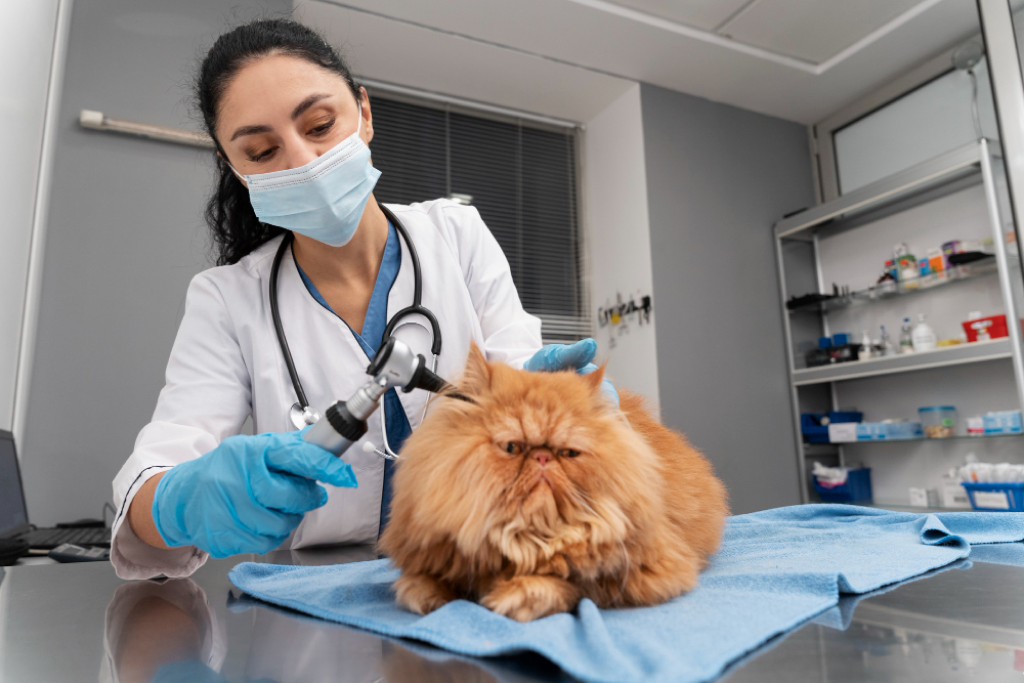Finding out about Atopic Dermatitis in Dogs
Atopic dermatitis is one of the most common allergic skin diseases in dogs, and thought to be a result of a dog’s skin barrier being ineffective, together with an exaggerated immune system response to environmental factors and/or other substances. This poor skin barrier allows bacteria, yeast, environmental allergens and other substances to penetrate, which then causes inflammation, itching and, depending on the severity of the issue, pain and discomfort.
Which Breeds are at Risk of Canine Atopic Dermatitis?
Whilst canine atopic dermatitis can appear in any dog, at any age, some breeds are particularly susceptible to the condition, such as the West Highland White Terrier, the Bichon Frise, and the Shar Pei. Other breeds that have an increased risk of developing atopic dermatitis include:
Golden and Labrador Retrievers
Pit Bull Terriers
German Shepherds
English Bulldogs
Boxers
Pugs
Irish Setters
Dalmatians
What Causes Atopic Dermatitis in Dogs?
The exact cause of atopic dermatitis in dogs is not fully understood, however it is thought to be the result of a poor skin barrier and exaggerated immune system response to environmental allergens and other substances, such as:
- Household dust mites
- Fleas
- Grass, weeds, plants, and pollen
- Food
Most dogs that develop atopic dermatitis tend to be allergic to more than one thing.
What are the Symptoms of Canine Atopic Dermatitis?
Symptoms of atopic dermatitis in dogs will vary on a case-by-case basis. However, there are a number of common symptoms of the condition which you can look out for, including:
Itchy Skin:
Perhaps the most common sign of atopic dermatitis and allergic skin disease is itchy skin. All dogs scratch every now and again, but if your dog begins to excessively itch, it may be a symptom of atopic dermatitis.
Rashes and Redness;
Rashes and red spots (dermatitis) on the skin can be both irritating and painful, and can be a sign of a number of conditions, some more serious than others. As such, these symptoms should always be checked by a vet.
Hair Loss:
Atopic dermatitis and allergic skin disease can sometimes cause hair loss (alopecia) in dogs. This can sometimes be irritating and painful, but is often treatable, and rarely permanent.
Infections
Sometimes, excessive scratching and biting at itchy skin can cause infection. This can particularly affect the ears and the anal glands.
Dark, Thickened Skin:
Darkened skin (hyperpigmentation) can occur over time as a result of allergies and other skin conditions. This doesn’t happen overnight, and will usually only present as a result of continued exposure to allergies and irritants.
Weepy Eyes:
Weepy eyes are not normal and are an indication that something is wrong. A small amount of crusting can sometimes be normal, however continual weeping or a sticky discharge can be a sign of a number of ophthalmology or dermatology conditions. Contact your vet as soon as possible if you notice excessive weeping or unusual discharge.
Hotspots (Acute Moist Dermatitis):
Hotspots are patches of sore, infected skin. They can appear anywhere on your dog’s body and typically appear red, angry, and wet, often with a scab on top. This is often caused by itchy skin and skin allergies. That being said, the above symptoms could be a sign of a number of different conditions, and your dog presenting with one does not necessarily mean that they have atopic dermatitis. Many health problems in dogs present with similar signs and symptoms, therefore it’s vital to consult your veterinarian as soon as possible to get to the bottom of the issue.
How is Canine Atopic Dermatitis Diagnosed?
Atopic Dermatitis is a diagnosis of exclusion as lots of other conditions can mimic it, we have to rule out other causes before we can make a diagnosis of Atopy. It can be difficult to determine the cause of atopic dermatitis, especially as it can often be the result of more than one thing. To get to the bottom of it, vets will often try to rule out certain allergies (diagnosis of exclusion), such as parasites and pollen, and may also choose to conduct an elimination diet trial if they suspect that food allergies are the cause.
AT Knutsford Vets, we also offer serological testing which checks for the presence of specific antibodies in the blood. These antibodies are proteins which the immune system creates to fight foreign substances, such as pathogens and allergens. The higher the level of antibodies, the more likely it is than your dog is allergic to that allergen.
Elimination Diet Trial
If your vet suspects that food allergies are the cause of your dog’s atopic dermatitis, they will usually conduct an elimination diet trial to determine the culprit. This is usually done over 6-12 weeks, where your vet will recommend specific food that you would need to exclusively feed your dog. They should not eat any other food during the trial. Monitoring their symptoms during this time will help your vet to determine allergies and irritants.
What is the Treatment for Atopic Dermatitis in Dogs?
Atopic dermatitis cannot be cured. Dogs with the condition have it for life, however there are treatments that can help to manage it long-term. Such treatments aim to improve the weakened skin barrier to help prevent further penetration of allergens into the skin, and to reduce the overactive immune system.
Once your vet has determined the cause of your dog’s atopic dermatitis, they will be able to recommend tailored treatments to help manage the condition. These may include:
- Avoiding your dog’s allergies and triggers, where possible
- Eating a specific, tailored diet
- Anti-itch medication and antihistamines
- Repairing the skin barrier and maintaining good bacteria on the skin with supplements and specialist shampoos
- Immunotherapy
- Treatment for any secondary concerns, such as infection
Ralph The French Bulldog – Case Study
See our case study for Ralph who presented with atopic dermatitis and we went on the journey of healing together.
Small Animal Dermatology Services at Knutsford Vets Surgery
Knutsford Vets offer a range of veterinary dermatology services to help diagnose and treat your pet’s skin problems. Our pet dermatology hub has a range of articles and guides to help guide and advise you on a wide range of pet skin related conditions.
If you notice any of the signs of atopic dermatitis, or anything that is out of the ordinary for your dog, get in touch with us as soon as possible, and we’ll work with you to get to the bottom of the problem, providing tailored advice and recommendations.
Experience honest, tailored care. Book online today.








